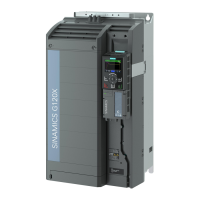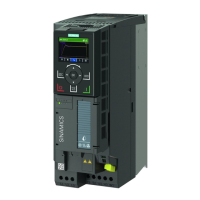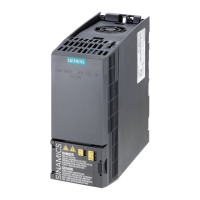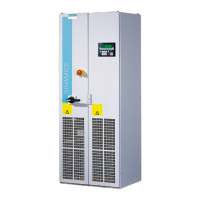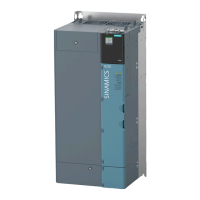Faults and alarms
Overview of faults and alarms
3-768
© Siemens AG 2012 - 2013 All Rights Reserved
SINAMICS G120D List Manual (LH14), 01/2013
3.1 Overview of faults and alarms
3.1.1 General information
Display of faults/alarms (messages)
If a fault occurs, the drive indicates the corresponding fault(s) and/or alarm(s).
For example, the following methods for displaying faults and alarms are available:
• Display via the fault and alarm buffer with PROFIBUS/PROFINET
• Display online via the commissioning software
• Display and operating unit (e.g. BOP, AOP)
Differences between faults and alarms
The differences between faults and alarms are as follows:
Tabelle 3-1 Differences between faults and alarms
Type Description
faults What happens when a fault occurs?
• The appropriate fault reaction is initiated.
• Status signal ZSW1.3 is set.
• The fault is entered in the fault buffer.
How are faults eliminated?
• Remove the original cause of the fault.
• Acknowledge the fault.
Alarms What happens when an alarm occurs?
• Status signal ZSW1.7 is set.
• The alarm is entered in the alarm buffer.
How are alarms eliminated?
• Alarms acknowledge themselves. If the cause of the alarm is no lon-
ger present, they automatically reset themselves.

